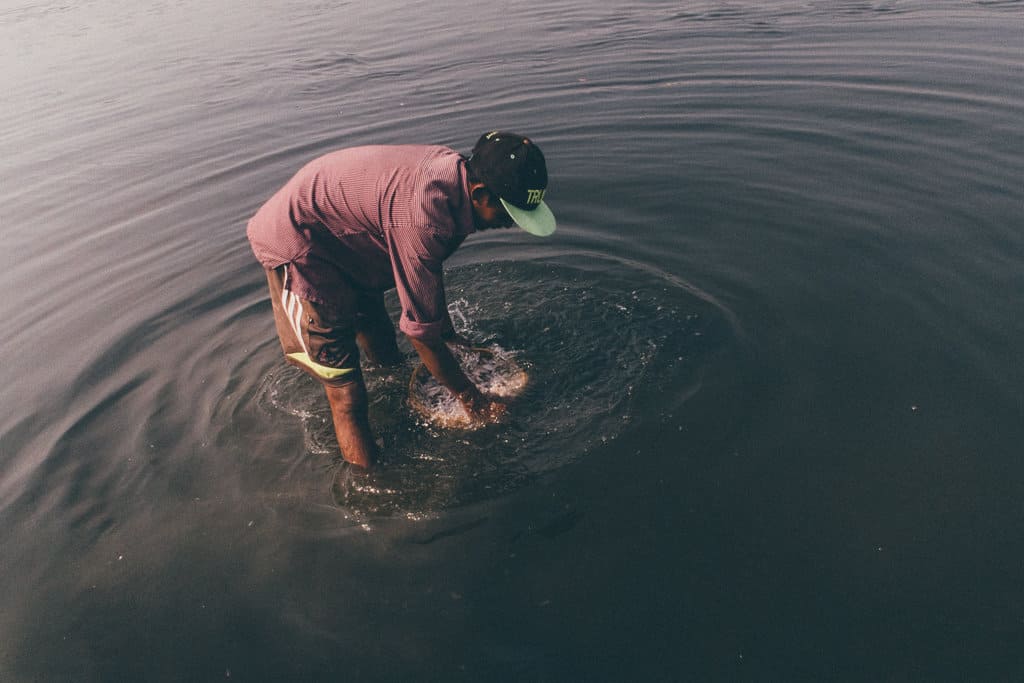Maharashtra government lifts stay on construction of Metro car shed
On July 21st, the new Maharashtra government announced the lifting of the stay on the construction of the Mumbai Metro-3 car shed at the controversial site in the Aarey Colony, a day after Deputy Chief Minister Devendra Fadnavis, at a meeting with the Consul General of Japan in Mumbai Fukahori Yasukata, assured him that Japan International Cooperation Agency (JICA)-funded projects would be fast-tracked. The Metro-3 car shed is one of them.
Shiv Sena president Uddhav Thackeray had ordered a stay on the car shed construction in the Aarey Colony on becoming Chief Minister in 2019.
Source: NDTV
Rise in swine flu and gastroenteritis cases
The first two weeks of heavy rainfall in the city have led to a rise in influenza H1N1 (swine flu) and gastroenteritis. Civic bodies however have flagged major concerns, claiming that cases are not high enough at the moment. Citizens have been asked to remain cautious regardless.
Cases of swine flu have risen from two in June to eleven in July. There have been more than 340 cases of gastroenteritis and 38 cases of hepatitis in July alone. ‘‘In the last two months, we have seen a 6 to 10 per cent rise in Influenza A infections as compared to the previous year. We are witnessing Influenza A and especially H1N1 infections in all age groups though the severity is more in 40 years to 60 years where higher case fatality is observed,” said Dr Nirmaldutt Thakur, HOD of Critical Care Medicine, SRV Mamta Hospital.
Source: The Times of India, Times Now
Read more: NFHS-5 shows progress for sanitation in Mumbai, but do ground realities bear this out?
Relocation of tetrapods at Marine Drive causes unusual vibrations
Residents of two buildings on Marine Drive complained of “unusual vibrations” during high tide in the last week. Writing to Brihanmumbai Municipal Corporation (BMC) Commissioner Iqbal Singh Chahal and Additional Municipal Commissioner Ashwini Bhide, the residents said that the unusual vibrations were the result of the relocation of tetrapods as part of the ongoing Coastal Road Project (MCRP).
Tetrapods are four-legged concrete structures that are placed along coastlines to prevent erosion and water damage.
They were temporarily removed to pave way for reclamation work as part of the Coastal Road Project (MCRP). There are over 6,000 tetrapods along Marine drive alone.
“The vibrations come for 1 second and in intervals for a period of ~30-60 minutes in the afternoons. These vibrations feel like tremors akin to an earthquake. Many of us searched if there was an earthquake in Mumbai. Now imagine earthquake-like tremors 20-30 times in an hour,” the residents said.
After the complaints, the BMC put the tetrapods back in place.
Source: Indian Express, Mid-Day
Alarming levels of microplastics are found in commonly consumed shellfish from the Mumbai coast
A new study by the Central Institute for Fisheries Education (CIFE), under the Indian Council for Agricultural Research (ICAR), has found evidence of microplastic contamination in yellow clams (Meretrix casta) along the Mumbai coastline.
According to experts, this research is worrying since the clams are cheap sources of protein for poorer coastal communities. They are locally known as ‘tisrya’, a broad term used for many species of edible bivalves, a class of animals including clams, oysters and mussels. They are collected by hand and are freely available to fisherfolk.
“The mean incidence of microplastics across all the stations… is found to be one of the highest ever reported worldwide, which is 35.93 microplastic particles (MP) items/g in soft-tissue parts and 91.42 MPs items/individual,” notes the study, published this month in the Elsevier Journal of Hazardous Materials Letters.
Source: Hindustan Times

Commuters between Thane and Navi Mumbai face a nightmarish stretch of road
A one-minute stretch of the second Kalwa Bridge, a major link between Thane and Navi Mumbai, and further to the Mumbai-Pune Expressway, now takes one hour to cross, due to work on the bridge. Being the only convenient stretch for commuters in both cities, the journey has become a nightmare, especially for motorists.
“It took me almost one-and-a-half hours to just clear the bottleneck at the start of Kalwa junction and cross over to Thane. This is otherwise just a minute’s distance. Whereas, in less than an hour, I managed to go from Vashi to Kalwa. The potholes on this route lead to slowing down of traffic, creating a backlog,” said Preeta Nair, 44, a resident of Majiwada and a regular commuter from Vashi.
Traffic in both directions is focused on the existing bridge, creating a bottleneck and slowing down the traffic. Poor conditions of the roads on this route – covered with potholes – have made the situation worse.
Source: Hindustan Times
[Compiled by Saachi D’Souza]